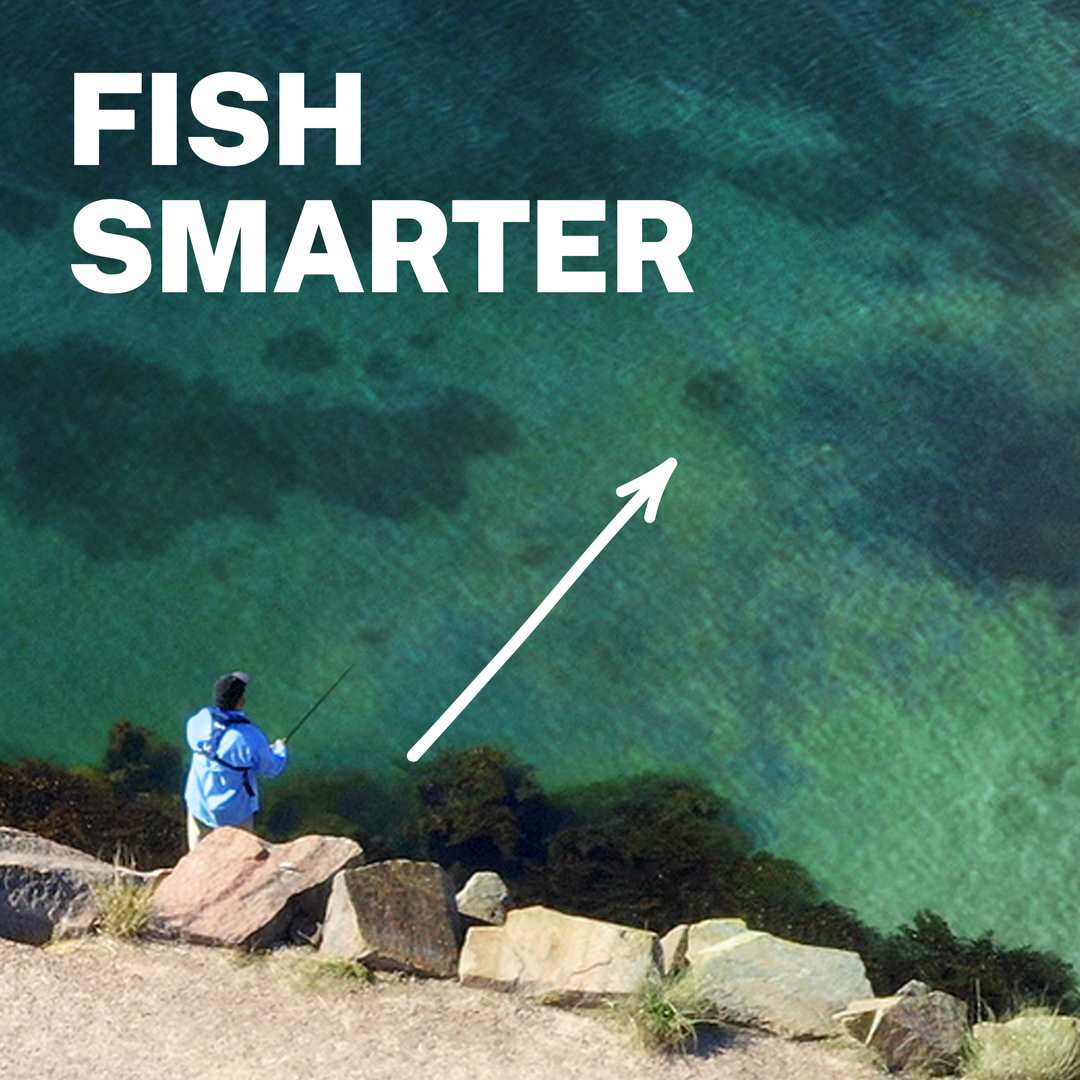Fishing techniques to minimise gear loss
Choose the correct float and secure it to reduce marine litter
Some outdated methods of float fishing for pelagic fish species can cause marine pollution. This includes using small cubes of polystyrene and balloons that are designed to break away from your line. Polystyrene is well recognised as being persistent in the environment and contributes to the microplastics in the environment. Balloons, despite most being made from latex, are also a surprisingly persistent form of litter and are a particular issue to marine fauna as they are regularly ingested as they look like a food item.
To reduce risk to the environment, ensure that you use a float that is properly secured to your line to minimise loss of gear and creation of marine litter. Also, consider other options for your floats – balsa or cork balls available from craft shops could be used effectively as floats with less risk to the environment if they become marine litter. More information on choosing the correct float is available here.
Reduce snag related gear loss
Many fish species are regularly found close to shore and amongst snaggy habitat such as rocky reef and kelp. This can present some fantastic accessible fishing for both land-based and boat-based anglers and often the closer you can cast towards the structure, the more likely you are to get a bite. But with this comes the risk of getting a snag, losing hooks, line and expensive lures and adding to the issue of marine litter. This can also be the case for shallow and offshore reefs.
Fish smarter - there are a number of different ways you can reduce your snag risk and associated gear loss:
Choose your location
A nice clean sandy beach will offer relatively snag-free fishing and coastal areas in NSW offer many beaches that produce plenty of fish without risking losing tackle due to snags. However, rocky reef areas are often very productive, and many species such as snapper, kingfish and black drummer are highly associated with this habitat type. A good way to approach this habitat type is fish along the edges where the rougher, more complex and snaggier reef structure meets flatter ground such as shingle or sand. This intersection of habitats is often a patrol route used by fish and is a good place to intercept them whilst reducing your risk of snagging, remembering to cast your bait over the flatter ground. Also, try to establish what the current and tide is doing to enable you to fish the more snag free areas.
Popular venues such as jetties and break walls also provide good fish habitat and are also often very snaggy by the nature of the structure with marine growth covering areas of it. There are, however, some techniques that can assist with minimising gear loss whilst fishing in these areas.
Think about the amount of weight you need on your line
When fishing over the top of a snaggy environment it is often best to fish with little or no weight on your line to maximise the “hang time” of your bait before it gets into the snaggy zone near to the seabed. This is often the approach anglers use when fishing directly over reef. You can often encourage the fish to move up in the water column by regularly applying some burley. You can also use a float to suspend your bait above the structure. If you are fishing adjacent to a snaggy area, another approach you can use is to attempt to use enough weight to tether the bait in the same location so that it doesn’t move or drift into the snaggy environment. This type of approach can work when you are fishing in areas such as adjacent to piers or from breakwalls.
Think about hook types
Wherever possible avoid the use of stainless hooks which are very persistent in the environment if lost.
If you are using soft plastic lures in snaggy environments, you can fish with a “worm hook” to reduce snagging potential. If using hard body lures, you can choose shallow diving bibs to keep you above the snags or choose deep diving bibs that will (mostly) bounce off structure.
Use circle hooks – anecdotal evidence suggests the use of circle hooks can help reduce snagging events from occurring. There are also other benefits related to injury reduction and improved catch and release survival.
Tie your knots well - This helps prevent losing your gear when snagged check out the knots and rigs section of the saltwater recreational fishing guide.
Practice techniques to free your line
There are a number of methods you can familiarise yourself with to de-snag your line. This includes re-positioning yourself and pulling from a different direction, using a lure retriever, or plucking sharply on the line (if you are using braid). These methods are detailed elsewhere on the internet and are well worth a look!